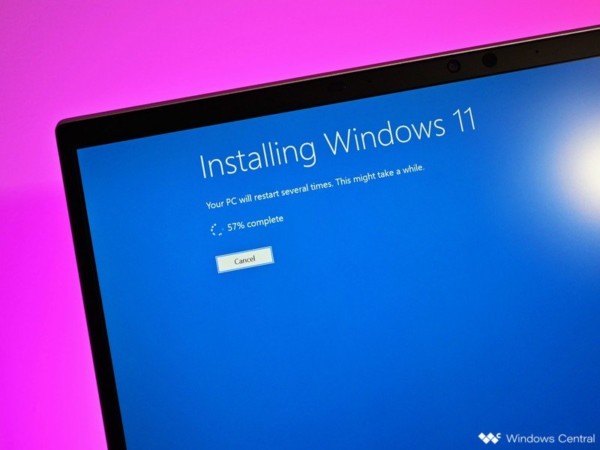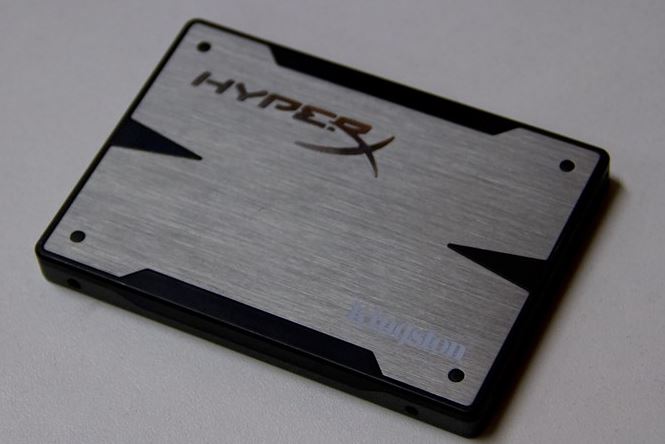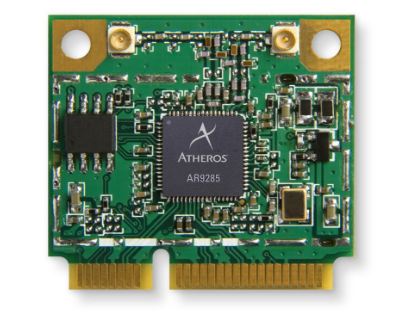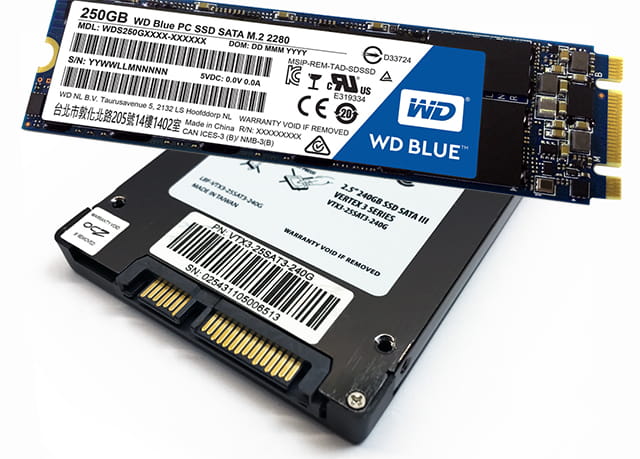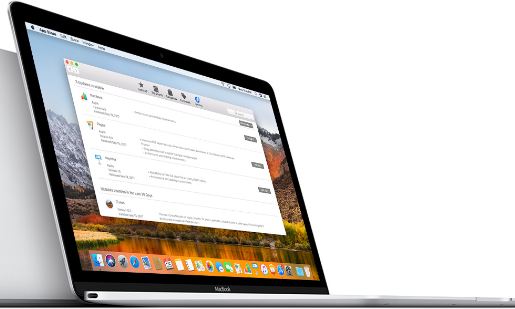Microsoft’s operating system has evolved a lot over the years, but you know, they always send us apps and “extras” that we do not always want to have. It’s these extras, looks and the way we install programs that slow down your computer.
Instead of taking the computer store and having your computer/notebook formatted, let’s first try the steps below that should help a lot.

1. Limit the opening processes of Windows
When we connect the pc, we want to be able to start using it as soon as possible. Opening Windows 10 is actually faster, does not mean that is ideal. There is a trick we can perform, it will help remove third-party applications from system startup. The antivirus is the biggest responsible for the initial consumption of processing, but unfortunately, we can not remove it, after all, if it is necessary. Well, let’s go to the steps, open the task manager by pressing CTRL SHIFT ESC. Or right-click the taskbar and the Task Manager button.

With the window open, click the startup tab. Once this is done, several applications will be listed, some enabled, some not. Disable anything you do not find necessary when opening the computer. For example, in the image below I disabled Google Drive, which I use sporadically in Windows Explorer. To do the task, right-click, and then click Disable.
Be careful what you disable, many of the applications listed there may be required, such as audio and video card drivers. So remember what you have installed, if one of these is on the list and you do not need it, disable it. Anything that is removed will not be processed at the opening of the computer.
2. Turn off search indexing
This can be a pcs killer item, especially if we’re talking about machines with little processing power. The Windows indexing system attempts to scan all files, applications, and things you use to make the search easier when they are invoked. The process is running in the background, consuming resources in the RAM. I deactivate this function from all my computers.
To remove, let’s go to the steps. Open the start menu and type index. You will see: Indexing options. Click on it.

The window below will open. Click the Modify button.
In this window, we will be able to modify what Windows can or can not index in your searches. On the Change Selected Places tab, I advise you to remove everything. Thus, the computer will be free to identify only the start menu items and data of the local users. Which is relatively small and fast to process.
This process on computers with SSD will not even be noticed, but we are still far from being a default SSD, so it is a more than viable alternative to removing this action in the background.
3. Disable visual effects and activate maximum performance
No video card on the computer? Disable visual effects such as window transitions and a few more screens. To do this, open the start menu and enter performance. Choose the option: Adjust the appearance and performance of Windows.
From the Open Performance Options screen, select the Fit option for best performance. Windows will remove various animations, details, and embellishments, leaving the entire processing to what is really needed.
Now if the look of Windows is an important part of its usability, you can keep some things active by choosing the Customize item. It goes to your liking. An interesting option to keep active is to display thumbnails instead of icons. It’s the thumbnails of Windows, which you can predict a direct image in Windows Explorer.
Now let’s go the part to activate the maximum performance. This item is in the power options. To get there, open the start menu and enter Control Panel. The screen will open the panel. In the search box, type Power Options, and click the shortcut, as shown below.
This scheme of power options you can configure in the conditions of your battery and hardware. For desktop computers, maintain high performance. Maybe it will consume a little more energy, but it will make up for it.
4. Remove Viruses and Spyware
For those who use antivirus, we leave here the list of best-paid antivirus and best free antivirus. Viruses can be, like indexing windows, a process that keeps running in the background. We advise you to use a virus scanner and check for viruses on your computer. The Malwarebytes program can help with the removal of unwanted programs.
5. Uninstall what you do not use and clean the HD
Keeping the HD clean is good. For those who do not know how an HD works, it needs to run a read head on a disc, just like a vinyl.
If the data is not written close to each other, this head movement may slow the data reading process, which does not occur on SSDs.

